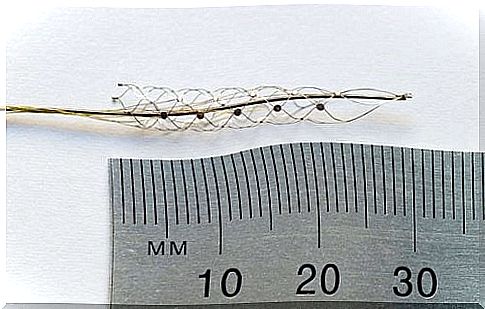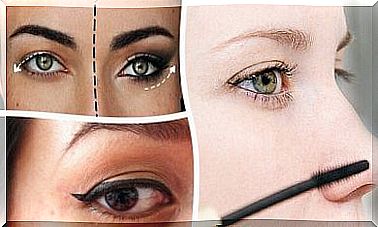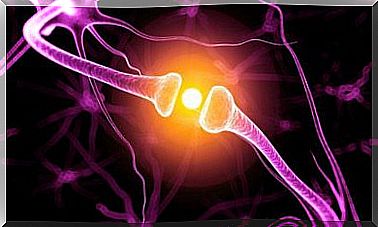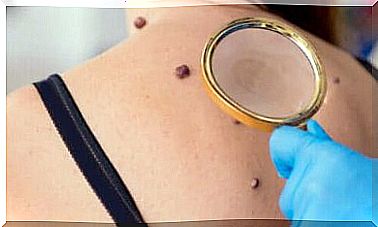A “bionic Spine” Would Help Paralyzed People Walk Again
With this small device, which is implanted in the brain, patients with paralysis will be able to move using subconscious thinking

In recent decades, technology and medicine have come together to develop treatments and solutions for pathologies they believed to be incurable.
Scientific challenges have made significant advances and thanks to this, many sick people have been able to improve their quality of life.
Although in many cases it has been impossible to find a cure, recent discoveries have given hope and treatments far more effective than those before technology.
The most recent example was presented by a group of Australian researchers who created a tiny device of just 3 centimeters, which can help people who are paralyzed or who have prostheses to walk again.
This is called the “Bionic Spine”, or in English “the bionic vertebral column”, which can be implanted in a blood vessel next to the brain so that paraplegic patients have mobility based on subconscious thoughts.
A promising device
The researchers who created this interesting device work at the Royal Melbourne Hospital, the University of Melbourne, and the Florey Institute for Neuroscience and Mental Health.
Their idea is that the device uses a different path than the damaged one, to connect thoughts with the actions of the body.
Thus, the objective is that the affected person can make movements with his subconscious thoughts, that is to say without having to show mental strength to succeed in carrying out the action in question.
She will then be able to perform movements based on her wishes, like everyone else.
The insertion of the bionic marrow is made from a small incision in the neck to be able to insert a catheter that contains it.
It reaches one of the blood vessels and is then transported to the motor cortex of the brain, which is responsible for generating nerve impulses to initiate muscle movements.
Once the catheter is removed, the electrodes on the outer part of the bionic spine adhere to the walls of a vein and begin to etch electrical signals from the motor cortex.
These signals go to another device that implants in the patient’s shoulder. Therefore, bionic prostheses will be able to move through Bluetooth.
This is something that the person cannot do immediately, but the researchers assure that with training and deliberate thoughts, they will gradually be able to control the maneuvers of the subconscious.
For the first time, this device will be tested on humans
So far, the device has only been tested in sheep, but the team is planning a trial on humans in 2017.
The three patients for the test will be selected from the Austin Health Spinal Cord Unit and the device will be performed at the Royal Melbourne Hospital in Victoria.
During this first test, people with paralysis in the lower extremities will be chosen, in order to be able to analyze the responses gradually.
In line with statements from Terry O’Brien, head of the hospital’s neurology department, this breakthrough is a “holy grail” in the research of bionic technology.
On the other hand, Dr Nicholas Opie, co-principal investigator and biomedical engineer at the University of Melbourne, said that the participants will not go through a complicated process, but rather intense.
After performing this surgery, the hardest part will be getting people to learn to think and plug bionic extremities naturally, using their subconscious.
This will not be able to repair damaged areas of the brain, but will make it possible to look for alternative paths to carry the corresponding signals to the extremities.
“What we do is put a tape recorder on the brain signals and add a conduit allowing the end to be moved through these signals without going through the affected area,” explained the doctor.
While this is not the first technological device designed to help improve the movement capacity of paralyzed patients, the team that created it assures that it is the greatest breakthrough that has ever been achieved, both from the point of view of the results that of the very small size of the device.
If the responses are positive, it is hoped that it can be used on patients with epilepsy, obsessive-compulsive disorder or Parkinson’s disease.
This new technology has been described in Nature Biotechnology .









